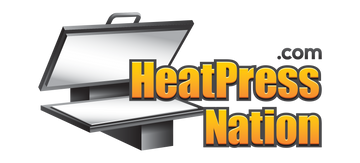An overwhelming majority of printers use offset printing methods. About 86 percent of print companies use offset methods compared to 10 percent for gravure. Approximately six percent of print-shops have had both offset and gravure printing machines.
Costs into account
Since every printing press must be a profitable one, printers take into account the cost factors. These take the form of printing impressions and the page counts. Printing costs will be cheaper with the increase of printed pages with reduced impressions or cylinder turns. Since gravure presses provide a much greater number of print impressions, the former is less pricey to operate. If you are a printer, however, you should also take into account a number of other factors as well.
A swift cost analysis shows that gravure gains the upper hand over offset only if about 1.5 million catalogs of each catalog having 48 pages get printed. Other factors in this equation include page size and the number of versions. Things get more complex if the same content is printed on better stocks for a few impressions as the publisher wants to sell the tome to the rich crowd. Gravure becomes the only choice if the marketing literature exceeds 52 pages. Profit emerges only after one million impressions. Post 76 pages, gravure becomes the sole cost-efficient option.
The gravure press can print higher page-count books in a single press run with a single press make-ready. When the same task is done in offset, the book print will require multiple press runs and make readies.
Smaller runs
The situation gets reversed in case of smaller print runs. It makes no sense to use the gravure process for fewer than one million impressions. This is at the expense of engraving cylinders and subsequently changing them could be extremely high. The amount could ratchet up to $15,000. Actual running costs could be surpassed by the cylinder versioning and press-make ready costs.
In contrast, costs of making offset plates are cheap, to a maximum of $2,500. This permits the printer to extract the maximum mileage for the different list segments. It is possible for the printer to modify the page top located black headline to attract newer customers, change prices, or switch covers. Such offset plates are generally made of water-friendly metals like aluminum treated with a light-sensitive material. The latter attracts oil. Upon light exposure, ink gets attracted to image areas and non-printing spaces attract water and repel ink.




